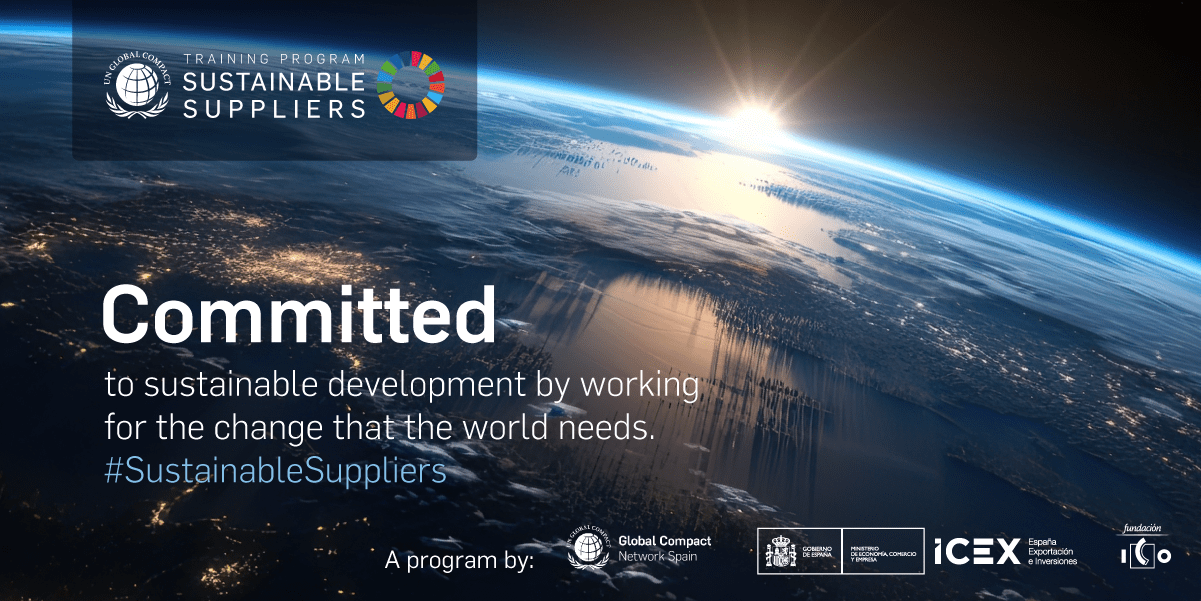Technology is moving so fast nowadays. Yet, no matter how good machine translations get, they never quite get exactly what you need. Whether it be that tone, nuance, humour or maybe even sarcasm, machines just can´t pick things up from a text like humans do. So, what do you do when you need the speed and cost-effectiveness of a machine translation but whilst making it sound somewhat natural? The solution is post-editing.
What is post editing?
Post editing is a service for customers who first use a machine translation (the automated translation of a text by a computer) but want their translation revised and amended by a human translator to sound more idiomatic.
It is worth noting however, that post-editing will not produce a final product that is good a quality as a product entirely produced by a human translator.
Why is it needed?
Translations need that added human value to ensure quality. If you´ve ever put a phrase into Google Translate and thought “that´s not quite right”, then you understand that automated translation doesn’t always produce perfect texts that read naturally. The main changes will concern mechanical errors (capitalization and punctuation), grammar errors, terminology inconsistencies (e.g. missing words), and other issues that are often the product of a poor source text and result in poor readability of the target text.
Why should we use it?
Quality guarantee
The main advantage of post-editing is that it makes the translation process faster and cheaper. Quite often machine translations can only give you a rough understanding of the text. With a human checking after the translation on the other hand, they can correct simple grammar and punctuation mistakes, ensure that the text is adequate to the tone and style requirements of the text, and make sure the computer has the meaning correct. This is important as in the words of our CEO Barbara Beatrice Lavitola ‘a bad translation at the key moment could ruin any business´.
Time saving
A second advantage is that it saves time. Most translators can work more quickly as editors than as from-scratch translators and thus linking the speed of a machine translation with a human edit can create quicker turn-around times. So, if you have a tight deadline then this may be a good option for you!
As mentioned above, the translator will focus less time on the project and therefore the text will not be as high quality as one that was made from scratch.
What kind of texts are best suited to this kind of service?
The service is most suited to texts that have technical vocabulary, or that are straightforward such as engineering or scientific documents. This is because the more technically complex a text is, the more specific the vocabulary and therefore the machine is more likely to choose the most appropriate word.
It’s for those same reasons, that literary (novels, poems, etc.), or creative texts (marketing or…) are least recommended as they can be interpreted in different ways and thus often require the translator to get creative! The translator’s job would become so large, it would be as if they need to retranslate the whole text. For these kinds of translations therefore our Translation and DTP service would be best.
In short, post-editing is a great way to save time and money! For more information about our new service, please do not hesitate to ask!





